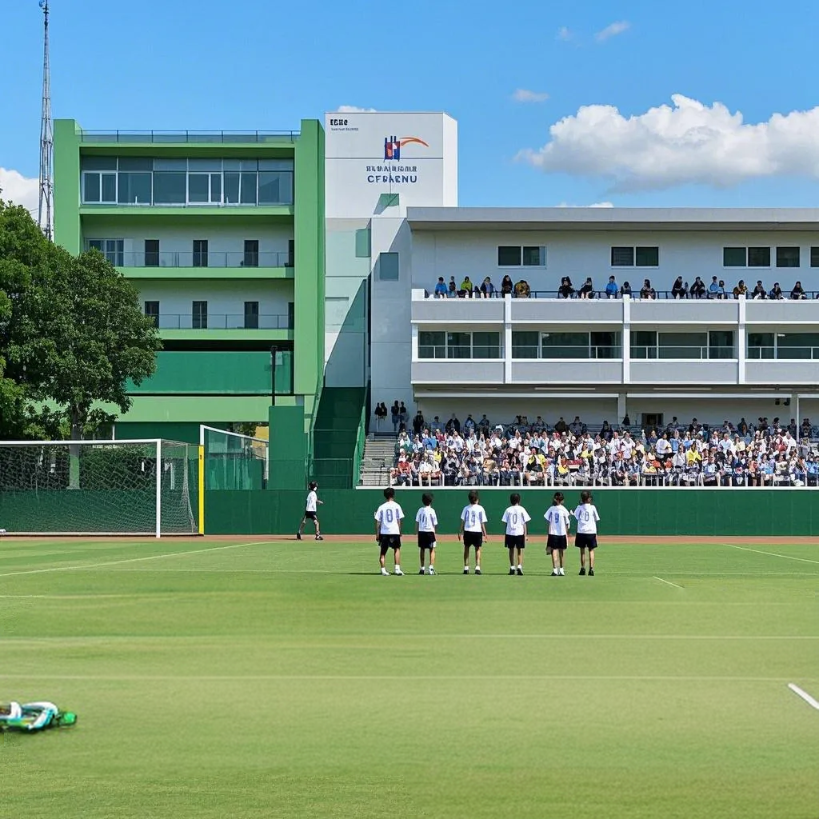Position:Home > children > Content
The "sports gap" in extracurricular activities between Ja
Date:2025-03-01 15:13Editer:adminRead()

Recently, an article titled "Irregular Extracurricular Activities in Korean High Schools" published by the Korea Times on December 22 sparked heated discussions. The article compared extracurricular activities in high schools in Japan and South Korea, revealing a significant "sports gap".
In Korean middle and high schools, extracurricular activities were supposed to help students expand their interests and develop their abilities, but the reality is not satisfactory. The physical education and cultural activities arranged by the school, although theoretically once a week, are mostly concentrated on a Saturday of each month in practice. The responsible teacher often has no professional background, teaches casually, and even disbands after taking students out for simple activities.
In sharp contrast, Japan organizes extracurricular activities around the "Sports Department" and "Culture Department" in an orderly manner. The Sports Department covers football, baseball, etc., while the Culture Department involves traditional arts, music, literature, etc. Japanese schools attach great importance to the role of extracurricular activities in cultivating teamwork, social skills, and personal experience, and incorporate them into the comprehensive quality development system for students. Data shows that in 2021, there were 3962 high school football teams in Japan, with 80% of 4887 high schools having football teams and 76% having baseball teams; However, South Korea only has 190 high school football teams, with 8% of high schools having football teams and only 4% having baseball teams.
The gap in this campus sports team is also reflected at the level of professional sports. In the field of professional baseball, the Japanese Professional Baseball League (NPB) is one of the top leagues in the world. Many Japanese players, such as Shohei Ohtani, shine in the American Professional Baseball League (MLB), while there are very few Korean players who can enter the MLB. In terms of football, the Japanese professional football league has a high level and attracts many foreign players. Local players are also active in the world's top leagues. Although the Korean professional football league is competitive, there is a gap in the proportion of foreign players and overall competitive level compared to Japan.
There are two main reasons for the lack of professionalism in extracurricular activities and poor development of adult sports in South Korea. On the one hand, the South Korean education system places too much emphasis on academic performance, with high school students sacrificing a significant amount of time to participate in sports activities and receive professional training in preparation for college entrance exams. On the other hand, extracurricular activities led by schools lack professionalism, have low training levels, and lack systematic curriculum design.
To improve this situation, South Korea needs to establish a more systematic education and training program, develop policies that encourage participation in sports activities for all age groups, and increase investment in professional sports infrastructure. This is not only related to the development of South Korea's sports industry, but also of great significance for improving students' comprehensive quality.
- Pre:AI English learning craze among young people in Japan: ChatG
- Next:The UK High Court's ruling that child naturalizatio